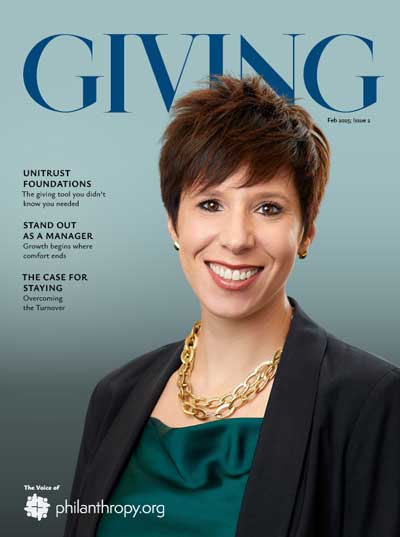Philanthropy is no longer a back-end decision made in isolation. Today’s donors—especially high-net-worth individuals—are reshaping how charitable giving is approached, and advisors are being called to step up. This shift is giving rise to a new standard: philanthropic financial advising. Recent data reveals a growing trend—donors want more strategic, values-based guidance, and they’re willing to change advisors to get it.
The Evolution of Philanthropic Conversations
A landmark 2016 study by U.S. Trust and the Philanthropic Initiative showed a clear shift in donor behavior: over 23% of wealthy individuals consulted at least one advisor about charitable giving. Nearly one-third of those donors initiated the conversation themselves.
Fast forward to today, and this shift has only intensified. A 2023 Fidelity Charitable study reports that 61% of advisors say their clients now expect guidance on charitable giving as part of holistic financial planning. Yet, most donors still feel their motivations—like legacy, family involvement, and social impact—aren’t fully understood or prioritized.
This is the heart of philanthropic financial advising: helping clients give in ways that are strategic, meaningful, and aligned with their values.
What Donors Really Want from Their Advisors
Donors aren’t just chasing tax write-offs. They’re seeking meaningful impact, long-term strategy, and multigenerational planning. Key expectations include:
-
- Values-based philanthropy: Aligning giving with personal beliefs and family legacy.
-
- Intergenerational involvement: Engaging heirs in giving conversations.
-
- Beyond cash: Advisors must understand non-cash giving vehicles—real estate, art, donor-advised funds, and planned gifts.
Yet, many advisors remain underprepared. In fact, fewer than 30% of advisors feel confident discussing charitable strategies beyond tax implications, according to the 2022 Schwab Advisor Services report.
The Advisor Opportunity
Here’s the upside: advisors who “get it” are winning. Those who offer philanthropic planning:
-
- Deepen client relationships and retention.
-
- Tap into the estimated $84 trillion wealth transfer expected by 2045.
-
- Gain access to next-gen heirs and extended networks.
-
- Create positive differentiation in an increasingly commoditized market.
This is where philanthropic financial advising becomes a competitive edge. Clients are looking for trusted partners who can navigate charitable strategies with nuance—not just crunch numbers.
A Rising Role for Planned Giving
Planned giving, often overlooked, is a key component of this evolution. Advisors who understand charitable remainder trusts (CRTs), charitable gift annuities, and other legacy tools can provide real value—especially as boomers look to secure retirement income and give back meaningfully.
Charities benefit, too. Advisor involvement often results in larger gifts, more tax-efficient strategies, and a longer giving horizon.
A Call to Action
If you’re an advisor and you’ve sidelined philanthropy, now’s the time to integrate it into your client offerings. Not only is it good for business—it’s essential to remain relevant in a changing financial landscape.
Donors aren’t just writing checks anymore. They’re building legacies. Will you help them shape it?
Donors aren’t just writing checks anymore. They’re building legacies. Will you help them shape it?






